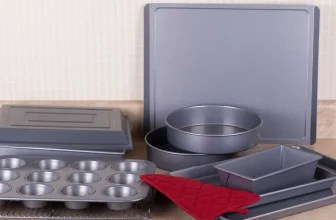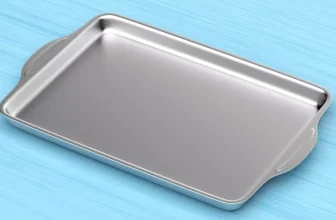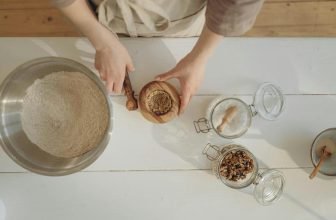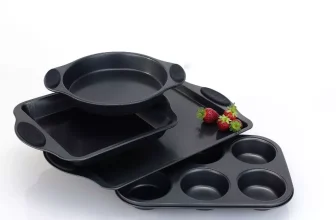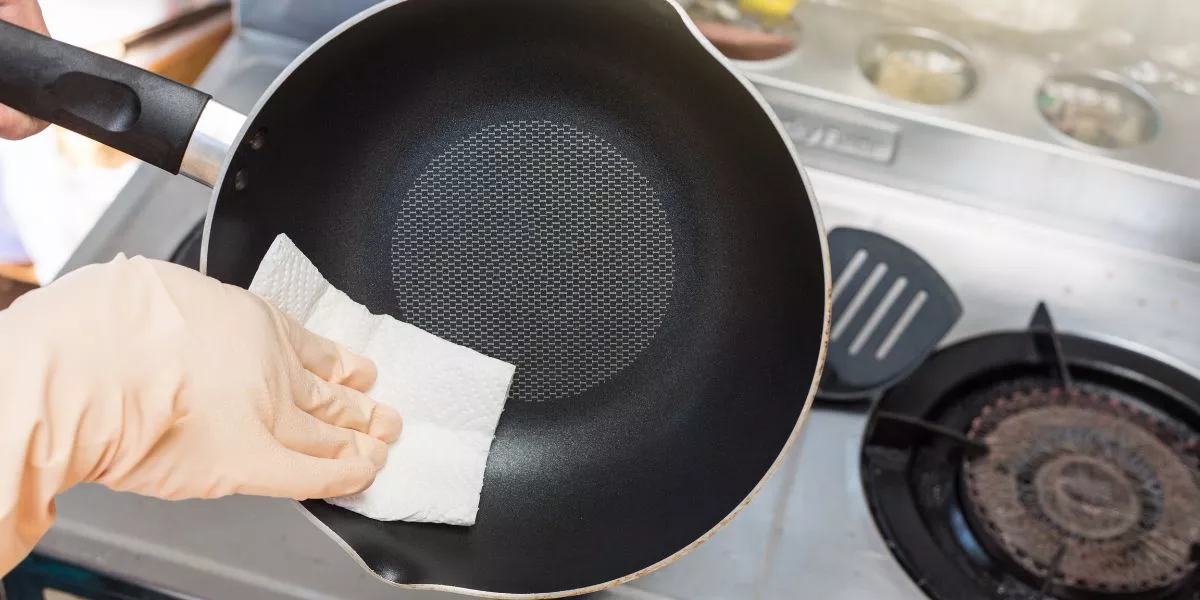
Properly caring for your bakeware is crucial to ensuring its longevity and performance. From cleaning techniques to storage practices, each step plays a vital role in maintaining your bakeware's quality. By understanding the nuances of handling and storage, you can elevate your baking experience and enjoy flawless results every time. But what are the best methods for troubleshooting common issues that may arise with your bakeware? Let's explore some practical tips to address these challenges and keep your bakeware in pristine condition.
Cleaning and Maintenance
To keep your bakeware in top condition, regularly clean and maintain it with gentle care. After each use, make sure to hand wash your bakeware with mild dish soap and warm water. Avoid using harsh abrasives or metal utensils that could scratch the surface. For stubborn residues, soak the bakeware before cleaning to make the process easier.
When cleaning non-stick bakeware, refrain from using cooking sprays as they can build up and reduce the effectiveness of the non-stick coating. Instead, use a small amount of oil or butter directly on the surface before adding your ingredients. This will help preserve the non-stick properties for longer.
Regularly inspect your bakeware for any signs of wear and tear. If you notice any chips, cracks, or peeling coatings, it may be time to replace the bakeware to prevent any potential hazards. By giving your bakeware the proper care it needs, you can ensure its longevity and continued performance in your kitchen.
Storage Tips
Regularly assess the condition of your bakeware before considering suitable storage options to maintain its quality and longevity. After ensuring your bakeware is clean and dry, it's essential to store it properly to prevent damage and keep it in top shape for future use.
To maximize space, consider nesting smaller items inside larger ones, but make sure to place a soft cloth or paper towel between them to prevent scratches. Utilize adjustable drawer dividers or cabinet organizers to keep bakeware neatly separated and easily accessible. Avoid stacking heavy items on top of delicate pieces to prevent warping or denting.
If stacking is necessary, place a silicone mat or towel between each piece for cushioning. Store bakeware in a cool, dry place away from direct sunlight or heat sources to prevent discoloration or warping. By following these storage tips, you can prolong the lifespan of your bakeware and ensure it's always ready for your next baking adventure.
Handling and Usage
When using your bakeware, always remember to handle it with care to avoid damaging its surface or altering its shape. Start by ensuring your bakeware is placed on a stable surface before use to prevent accidental spills or falls.
When adding batter or ingredients, do so gently to avoid scratching the surface. Avoid using metal utensils on non-stick coatings, as this can cause damage. When removing baked goods from the bakeware, use appropriate tools like silicone or wooden spatulas to prevent scratching.
Always allow your bakeware to cool completely before cleaning to avoid thermal shock, which can lead to warping. Hand washing with a mild detergent is usually recommended, but always check the manufacturer's instructions.
Never place hot bakeware directly onto a cold surface, as this can cause thermal stress and potentially damage your bakeware. By handling your bakeware with care and following these tips, you can prolong its lifespan and ensure consistent baking results.
Troubleshooting Common Issues
If you notice your bakeware showing signs of wear or experiencing issues such as sticking food or uneven baking, there are simple troubleshooting steps you can take to address these common problems.
For bakeware that's showing wear, check for scratches, dents, or discoloration. Scratches can lead to sticking, dents may affect baking performance, and discoloration might indicate a reaction to certain foods.
To prevent sticking, ensure your bakeware is adequately greased or lined with parchment paper. Uneven baking can be caused by hot spots in the oven or uneven heating in the bakeware itself.
To address this, try rotating your bakeware halfway through baking or placing a baking stone on the rack below. If you're experiencing burnt edges or undercooked centers, your oven temperature might be off; consider using an oven thermometer to check for accuracy.

